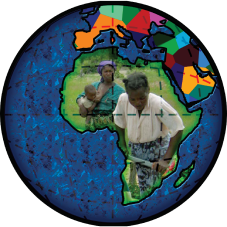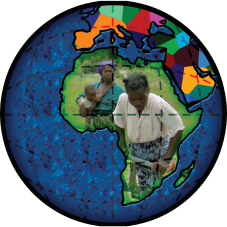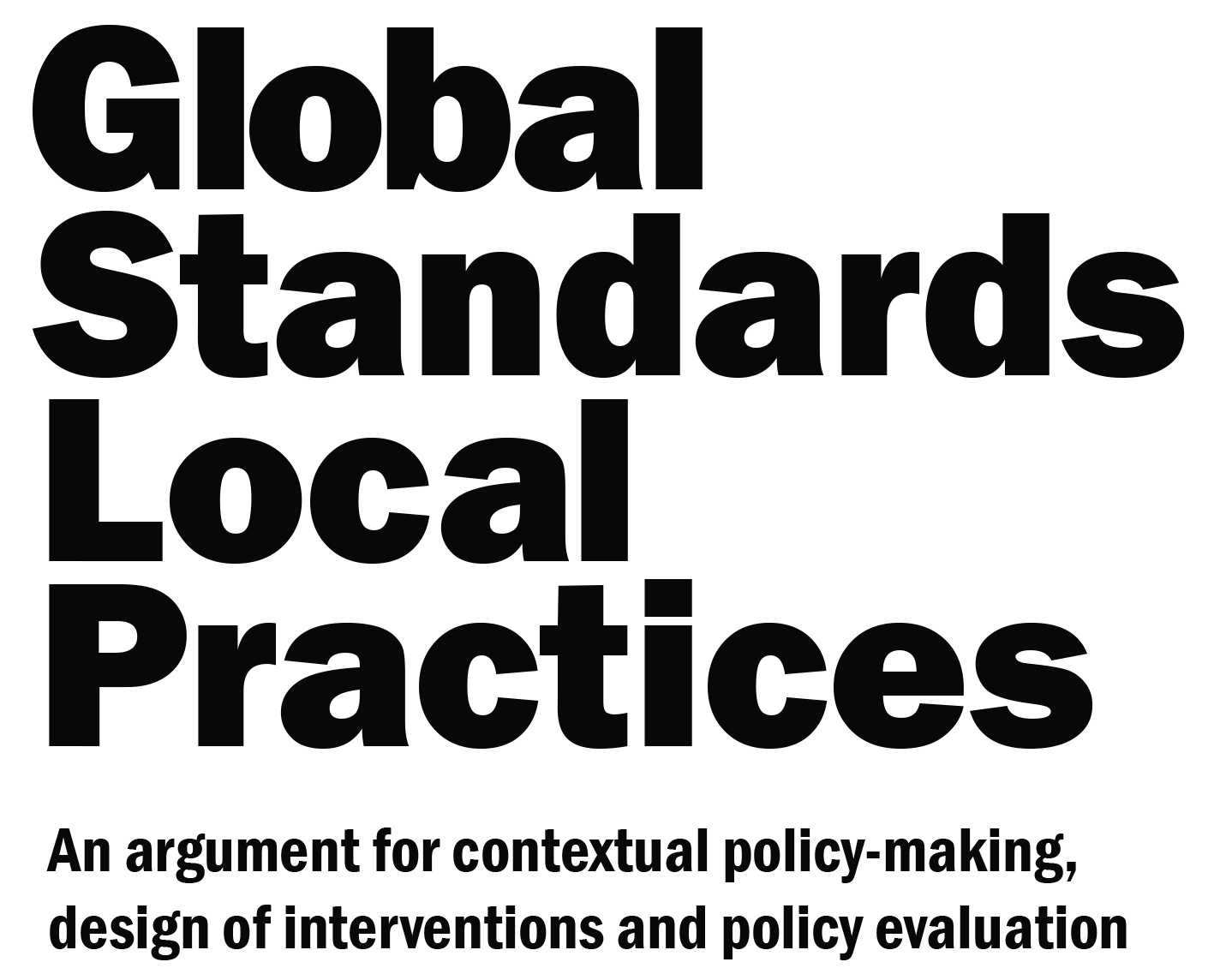Global Standards Local Practices.
An argument for contextual policy-making,design of interventions and policy evaluation
Context is 'colourful'. History, culture, beliefs, values, day to day opportunities and challenges are behind the context of a geographical area, a health issue, a population etc. Even within a country, a region within a country, a village there is not one 'reality'. Together they are the context that needs to be taken into consideration.

We fail to take ALL aspects into account when developing new strategies, introduce interventions or evaluate existing ones. Context is 'simplified' for our convenience. The results are sub-optimal impact.

The less 'context' we take into account the less appropriate strategies, interventions and evaluations become. This affects outcomes.

'One size fits all' interventions and evaluations do not address real issues nor reflect the colourful reality.


Context is 'colourful'. History, culture, beliefs, values, day to day opportunities and challenges are behind the context of a geographical area, a health issue, a population etc. Even within a country, a region within a country, a village there is not one 'reality'. Together they are the context that needs to be taken into consideration.


We fail to take ALL aspects into account when developing new strategies, introduce interventions or evaluate existing ones. Context is 'simplified' for our convenience. The results are sub-optimal impact.

The less 'context' we take into account the less appropriate strategies, interventions and evaluations become. This affects outcomes.

'One size fits all' interventions and evaluations do not address real issues nor reflect the colourful reality.



